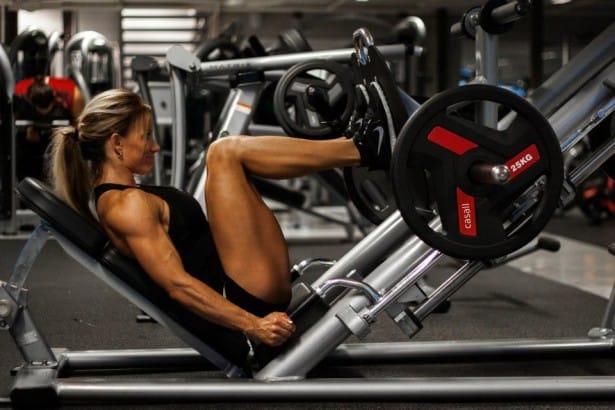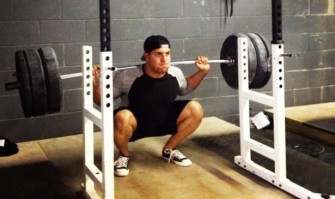
"March 19, 2014 The Athletic Build Training
(Last Updated On: September 23, 2023)
It’s an age-old debate in the bodybuilding community: should you do a full-body workout or a split routine? If all you did was read the latest magazines, you might think it was an open-and-shut case – split routines, of course!
But if you look back to the 'Golden Era' of bodybuilding – the 50s, 60s, and 70s – you’d see tons of huge, strong dudes doing nothing but full-body workouts. Then, of course, there are the powerlifters, most of whom still do some type of full-body or upper-lower program.
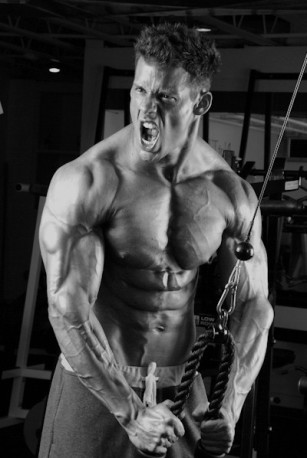
Which one should you pick? It can seem like a tough choice, especially when you’re just starting out. To help you decide, here are a few pros and cons of full-body and body part-split routines.
What Is A Split Workout?
A split workout breaks down your exercise routine by focusing on specific muscle groups or movements in each session. This targeted approach amplifies the intensity and volume you can apply to individual muscles, boosting your muscle growth potential. There are three prevalent types of split workouts:
In a Push/Pull/Legs split, your routine is divided into three main sections. During 'push' days, you work on muscles involved in pushing actions like chest, shoulders, and triceps. On 'pull' days, you target muscles like your back and biceps. Lastly, 'leg' days focus on the lower body, encompassing hamstrings, quads, calves, and abs.
The Upper/Lower split categorizes workouts into two broad groups. Upper body days involve exercises for your chest, back, shoulders, and arms. In contrast, lower body days work out your hamstrings, quads, calves, and abs. This type of split is particularly good for beginners, as it offers a broader range of exercises.
The Four-Day Split concentrates on just one or two muscle groups each day. You could be focusing on chest and triceps one day and zeroing in on biceps the next. By narrowing the focus, this split allows for a higher volume and intensity, potentially leading to more significant muscle gains. However, it’s the most demanding in terms of time and physical effort, making it better suited for seasoned athletes.
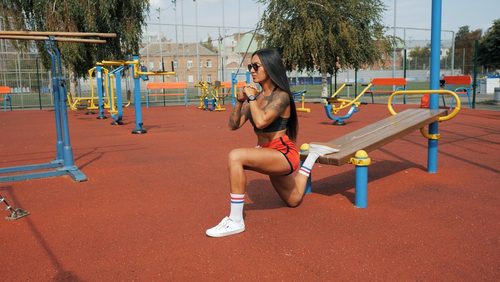
What is A Full-Body Workout?
A full-body workout, as you’d guess from the name, covers all the major muscle groups in your body. A well-rounded session will engage your upper body, core, and lower body while also giving your heart rate a good boost.
You don’t have to hit the gym to get these benefits. Many effective full-body workouts rely solely on bodyweight exercises like push-ups, pull-ups, and squats.
The versatility of full-body routines makes them a solid choice for people at any fitness level. You can easily adapt these workouts to fit your individual needs and current physical condition.
Full Body for Fat Loss
If your goal is pure and simple size gains, then you’ve got some more thinking to do. If you need to drop some fat, however, the choice is simple -full body all the way! As you’ve (hopefully) already heard, weight training is a far more effective tool for fat loss than running or other forms of cardio. But when it comes to shrinking your waistline, not every movement will have the same effect.
Take the squat, for example. It’s one of the toughest exercises you can do, and it has a tremendous ability to up-regulate your body’s fat-burning hormones.
The same is true for deadlifts, bench presses, and other heavy, compound movements. However, curls, calf raises, and other isolation exercises won’t have nearly the same effect. Does that mean they’re worthless movements? Not at all! But they’re not going to torch body fat nearly as well as the heavy stuff.
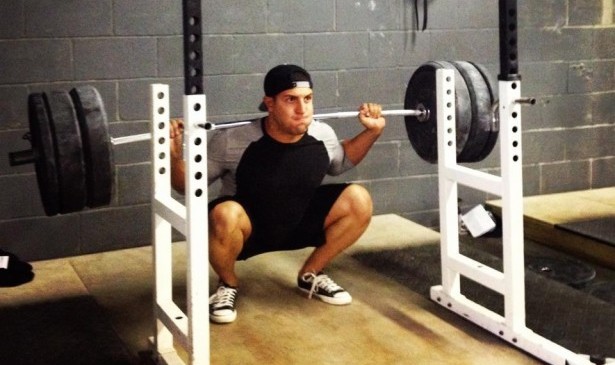
So, your best bet for simultaneously getting stronger and leaner is to perform several different types of heavy movements in each workout.
Simply pick a lower body exercise (squat or deadlift), a push (bench press, overhead press), and a pull (pull-ups, rows). You can add more on top of all that, but those three mainstays will make each workout as effective for fat loss as possible.
Related: Best Muscle Building Supplements
Splits for Lagging Muscles
If you’re a beginner, you do NOT have weak points. I don’t care how small this or that body part is, you just need to focus on gaining size and strength with basic movements.
If you do have a couple years of training under your belt, however, you probably have one or two lagging areas. It’s legs for most guys, but others struggle to grow their arms, chests, shoulders, or backs.
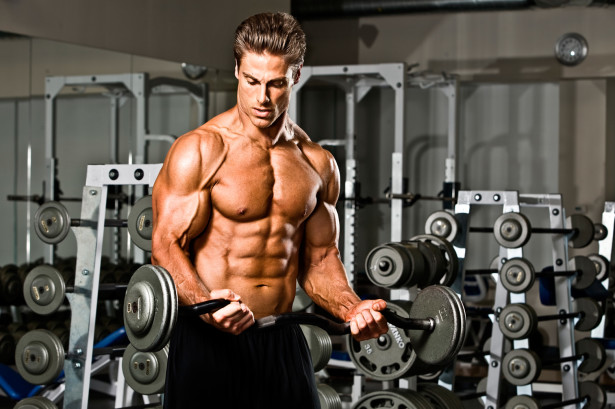
Whatever your weak point is, a body part split is going to be the quickest way to bring it up to par with everything else. Small lats and tiny traps? Double up on your back days, and pay extra attention to deadlifts and rows.
Puny legs? Train legs twice as often as every other part, and hammer your squat until it’s your best lift. Narrow shoulders? Add extra overhead presses and side raises to every chest, shoulder, and back day on your schedule. You may not gain as much overall size as you would on a full-body schedule, but you will see rapid improvements in the areas you hit the hardest.[...]"
(For the rest of Justin Woltering's article on Splits Vs. Full-Body Workouts: Which Is Best For Size Gains? click on The Athletic Build link above)
Justin Woltering
www.justinwoltering.com
Bigger Better Faster2.0: http://www.biggerbetterfasternow.com/buy/
